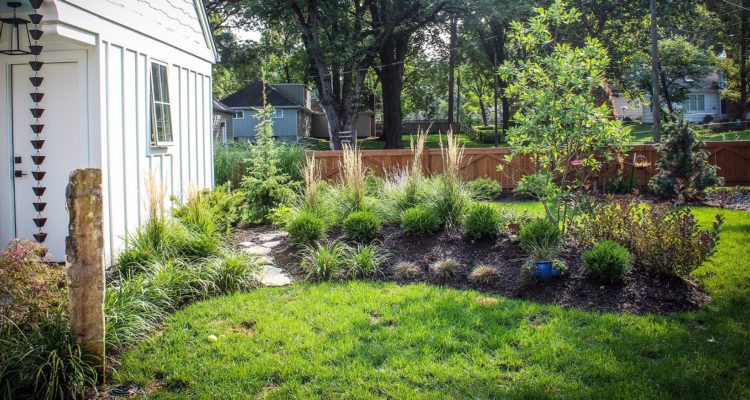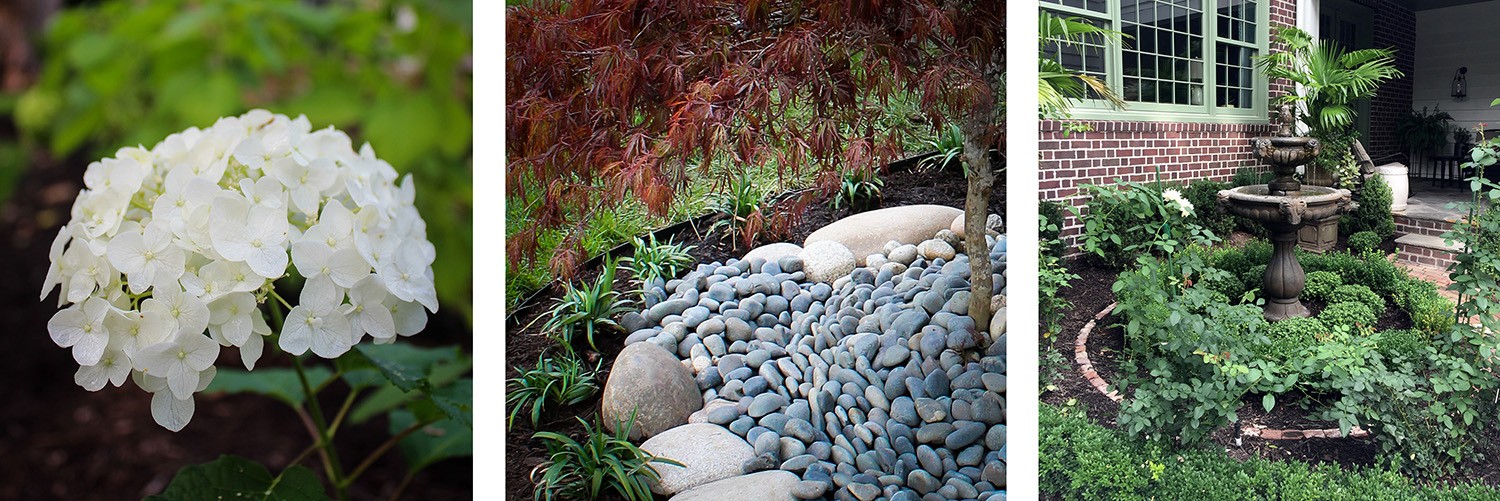Tips to Prepare for Landscaping and Planting
Story by Ann Butenas
It’s time for spring cleaning! While many folks think this phrase refers to some indoor prep work, it is also a call to arms to roll up your sleeves and begin taking steps to prepare your yard for spring landscaping and planting. Hopefully by now we have thawed out from the brutally cold temperatures we experienced this Winter and are ready to put on some sunscreen, throw on some shades, put on a hat and go outside to get a little bit of dirt under our fingernails.
It is no secret spring adds new life and new beauty to everything around it. Now is the perfect time to transition from planning to moving by engaging in some activities that will get your yard landscape ready and picture perfect.
In order to better understand how to prepare our yards for this long-anticipated season, we spoke with Jeffrey Preuss, Landscape Designer and owner of Jeffrey Preuss Landscapes, for the inside scoop on the best practices we can do to kick start the landscaping and planting season of spring.
As you begin to clean up the debris from your lawn (and feel free to compost what you can!), here are some great strategies that will give you a head start to a beautiful lawn, yard and surrounding gardens.
KCH&S: What are your recommended overall spring cleaning tips?
PREUSS: Your first mow needs to be low enough to remove the thatch. You can mow any time now. The first mow is important because it removes all that has been on the lawn throughout the winter. By mowing it low, the soil temperature is increased, allowing the grass to become greener much sooner. In March and into April, spray for broadleaf weeds, like dandelions and chickweed, and apply crabgrass preventer and various herbicides in early April. Treating your lawn is all about timing. A warm day in mid-March is a good time to start treating for those broadleaf weeds. In May, I recommend fertilizing your lawn with a slow release fertilizer that will help boost your lawn into summer.
KCH&S: When can we really start getting out in our yards and getting to work on our spring projects?
PREUSS: Technically, the last frost date is May 1st. That is the last day we can potentially get below freezing in the Kansas City area. Every year it is different, though. However, you can focus on landscape design any time of the year. It all begins with both proper and good design, which takes time. If you are working on a landscape project with a professional, you will want to solicit bids, discuss layout, bed prep, soil amendments, mulching, plant selections and hardscapes. It’s a very involved process.
KCH&S: What types of plants should I select?
PREUSS: Kansas City is considered a Hardiness Zone 6A, so select plants that fit this region. I encourage people to plant native plants, which adapt to the local climate and soil. With the hard freeze like we had this winter, some plants may experience significant dieback if not of the native variety.
KCH&S: Any advice on mulching?
PREUSS: Always re-mulch your existing beds. First, fluff the old mulch with a rake, which will help it to biodegrade. Then apply the new mulch between two to four inches of depth. Mulching can be done at any time now. Wood mulch is the best as it discourages weed growth, and because it is biodegradable, it is healthy for the soil. Avoid rubber mulch, as it will eventually find its way into the grass and spread. Rock mulch looks good for a few years but eventually you will need to remove the soil and seed that have fallen into the crevices of the rocks.
KCH&S: How do we prepare for watering our lawns?
PREUSS: If you have existing irrigation (it should have been winterized last fall) you will need to restart the system and plan on doing the first watering on or right after May 2nd. However, you may begin watering in mid-April, depending on the weather. When preparing your irrigation system for watering, you may need a new nozzle or have to adjust irrigation heads so the system sprays optimally.







